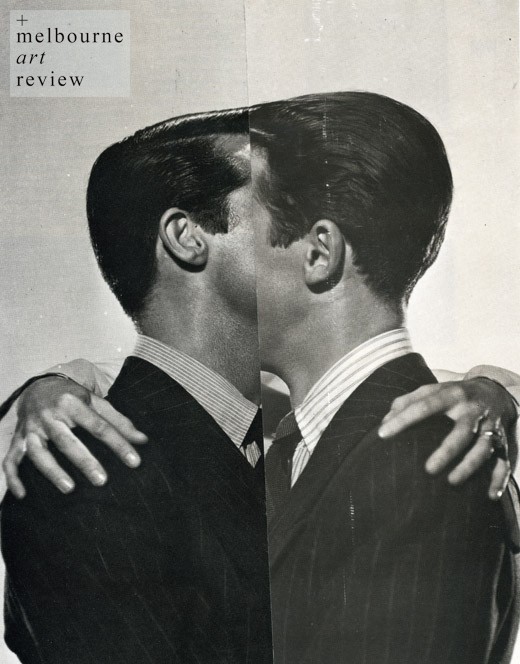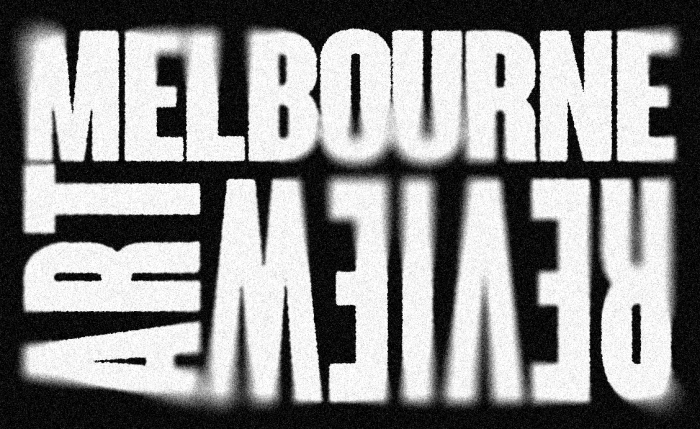Share this:
Interview with Marc Savoia
4 February 2015 Comment
+Melbourne Art Review: Thanks so much for chatting with us Marc. Can you tell us a little bit about your practice? We are huge fans.
Marc Savoia: “I am a first generation Australian artist and my practice has evolved over many years through an exploration of a wide array of media, from collage and sculpture to video and sound. My practice over the last five years however has focused predominantly on appropriation, collage and the subverting of images. Underpinning my work is a desire to find personal meaning and identity in a morass of popular culture, both retro and contemporary, through the sourcing, breaking down and recontextualising of miscellaneous objects or images. My collages blend innocent nostalgia with a subversive exploration of identity through the use of vintage magazines and books repurposed to challenge conventional notions of sexuality and gender. My practice also references key narratives and social contexts that shaped my subjective relation to the world. I draw on themes connected to my Roman Catholic Italian upbringing, childhood bullying and growing up gay as a means of developing personally-resonant ways of approaching surface. My practice of subversion in collage form reinterprets and alters the context of fame, beauty and advertising from these positions through using decorative motifs and geometric placement as a means to expel and externalise personal feelings.
I explore these themes as a reaction to having my own body represented as object in previous careers. From being a podium dancer in gay venues in Melbourne during the 1990’s to entering the fashion and entertainment industries as a model and presenter, I experienced a long succession of auditions, castings, bookings, agency swaps, “wins” and rejections – events that exposed me directly to the objectification and commodification of my physical image. Throughout, the emphasis was invariably on communicating the masculine, from the mere depiction of a torso on underwear packaging through to a fully spoken and acted out representation on television. During this period, a rift opened up between my private self and my projected self; a fracturing of identity. This experience provides a conceptual and narrative link to my work and informs how I approach my subject matter.
In my collage process; the act of rescuing and reviving is a part of the lifestyle that surrounds my practice.”
+mar: Wow that’s amazing. You have such an interesting background to create work from. Can you explain to us how you create your works, the process, a little bit?
MS: “I strongly connect to and apply the concept of breaking with conventional interpretations of an existing image and the traditions associated with it. In particular, to take an image loaded with conservative or nostalgic values – a household celebrity for example – and manipulate it conceptually and physically through placement with other images to support a new interpretation and introduce a narrative that reflects a deeper personal meaning. In this way I give the work an authentic voice through my own autobiographical narratives. However this private meaning does not limit the work’s subversive potential; it still sets out to critique contemporary attitudes to beauty and morality (the objectification of men and women, and the self-negating nature of the modern beauty ideal are examples of subject matter I commonly explore). It’s worth noting that the subversion in my practice is not always one-way. While in some examples a primary source image laden with conservative values is subverted through technique, in other cases the primary image is more sexually charged than the conservative elements I choose to subvert it with. My work also incorporates a metamorphic, transitional form of hybridity through use of the mask device. The figures in my works are caught in a state of transition brought about by incorporation of mask-like elements that simultaneously reveal yet obscure and regurgitate. On a level of personal narrative, the mask in my work references the theatrical world I experienced in my past, the mask I had to wear when my sexuality was concealed, through to the masks I witnessed as entertainment façade in the drag shows and disco dress-ups that fuelled my imagination during youth. But its metaphorical value is extended in that it touches on principles of metamorphosis to communicate ideas.”
+mar: Where can people see your works at the moment? Do you have any shows on?
MS: “I am currently showing four works in the Company of Men Exhibition (COM) at Brightspace Gallery St Kilda. COM, in its second year, is a multimedia group art exhibition which brings together artists exploring themes of masculinity and homoeroticism. The exhibition is curated by Damien Hinds and is part of the annual Midsumma Arts Festival which celebrates Melbourne’s queer diversity through a calendar of cultural and arts events. The exhibition is on from January 21 to February 7th. My works include The Philadelphia Story, 2011 and three untitled works from The Leading Men Series, 2012. It is the second time The Philadelphia Story has been exhibited after it was shown initially in a group exhibition called “I am Heathcliff” at Daine Singer Gallery in Flinders Street. The exhibition takes its title from a quotation from the character of Cathy in Emily Brontë’s Wuthering Heights. The exhibition explored passion, obsessive desire and the destructive and pathological loss of self that can come with loving another. Evoking tropes of cinematic and literary romance, the exhibition celebrated love in an extreme form and explored the compulsion to merge identities with a loved one. My print reworks a movie poster for the 1940 film The Philadelphia Story to create a new narrative subverting the original. The female lead between them, Katherine Hepburn, is excised and Carey Grant and James Stewart are instead absorbed into each other in a passionate embrace. The remnants of the two men are so alike they each act as a mirror image of the other. As the two merge their identity is lost to a homoerotic vision of doubling. In the three works from the Leading Men Series I sourced imagery from vintage books of the Olympic Game’s and combined them with cinematic portraits of leading male actors. Inspired by the reductive techniques of Russian Constructivist geometric abstractionists my technique was to create an incision into the sportsman to conceptually castrate it of its identity and create a vacuum so its centrality is sucked away and absorbed by the face of the movie star beneath it. In this body of work I explored ideas relating to the queer gaze and sport as a permissible means for men to engage with and view each other. The closet as a spatial symbol is present in this body of work as a symbol of spectatorship and discretion.
+mar: What is the biggest challenges for young creatives in Melbourne and do you have any tips of advice?
MS: “I am currently completing a Master of Fine Art by research at Monash University after four years of a Fine Art (painting) degree and Honours year at VCA. The head of the painting department at VCA during my undergraduate degree was Australian artist Janenne Eaton and her advice and inspiration was comforting during my time there. I will respectfully offer her advice to me in my first year which was – ‘to stop what I was doing before and try new things – to use the time at art school to experiment.’ It was through this at times uncomfortable experience of exploring the unknown that I discovered new ways of communicating my ideas through a variety of material processes.
Melbourne is a vibrant and exciting city with many opportunities for young creative’s. Many challenges exist for any artist whether they are young, old, emerging or established. Each artist’s journey is an individual one who will inevitably be faced by challenges but it is exactly that part of the process that we can use to grow and develop in our respective practices.”
+mar: What are your creative inspirations? Do you have a favourite song?
MS: “I have had an ongoing admiration and fascination with the films of Spanish film director Pedro Almodovar since my teens. Famous for his use of melodrama he takes us on journeys in his films to explore complex narratives. His obsession with décor, favourite singers, actresses, dancers, artists and fashion designers are nostalgic and influential infusions that he incorporates. He brings together themes of femininity, theatre, gender dysphoria and motherhood. He glorifies femininity and the male mimicry of it. Almodovar’s queer sensibility and use of nostalgia matches my visual methodology and is a constant source of inspiration in my practice.
Tony Garifalakis, who is a Melbourne-based artist that draws on imagery from popular culture, advertising and subcultures to produce works that are irreverent and iconoclastic. He draws on themes such as conspiracy theories with a doomsday quality. In his work Cover Ups (2008) he alters a movie poster, saturating it in black enamel spray paint, obliterating facial features, leaving just the eyes visible. The poster has a haunting quality as if some phantasmagorical creature is peering at you through darkness. The image is defaced literally in an act that silences the commercial premise of the pre-existing image. I am interested in his work as it relates to my practice in its capacity to interrupt glamour and beauty and the myths that Hollywood perpetuates to control our hopes and desires.
The theme of the country song Rose Garden (I never promised You a Rose Garden) sung by Lynn Anderson in 1970, which discusses the imperfection and challenges of a relationship. Anderson’s album cover Rose Garden has a subtext stating nothing between us. The song, its title and the subtext have been a source of inspiration for works in the past.”
+mar: (*We love Tony Garifalakis’ work) What are you working on next Marc?
MS: “My current project is writing a thesis called ‘Fractured Identity and the Monstrous Orchid’ as part of my Masters by research program at Monash University. Through my initial research of the history of fin de siècle decadence in 2010 my encounter with the metaphor of the “monstrous orchid” left a lasting impression. Among the richly floral but thorny garden that is Oscar Wilde’s prose, its grotesque beauty has flowered in my mind and invited me to revisit and re-evaluate the subjective world in which I operate as an artist. Wilde’s monstrous orchid, with its connotations of the exaggerated and decorative, is a device used both in the illustrating and substantiating of subversive ideas. Through its link to the decadents of the late nineteenth century, an era whose rebellious protagonists strongly resonate with me, it introduces ideas of decay and destruction, present formally and thematically in my work. Finally the allusion is also steeped in camp, that rich vein of reference and influence that surrounds and pervades my practice like a coded language. I am currently producing a body of work that draws on this research and will be shown at Monash University in May, 2015.”
+mar: Incredible. Thank you so much for talking to us - inspiring!
*follow Marc on instagram.
Marc Savoia
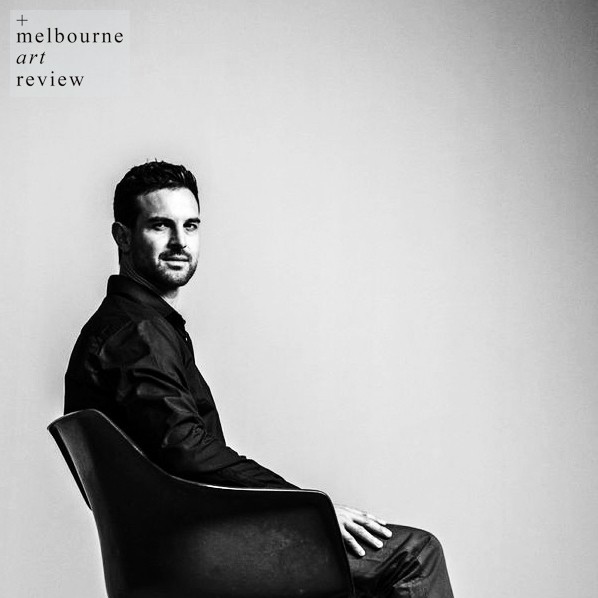
Clark Gable

Montogomery Clift and Elizabeth Taylor in A Place in the Sun, 1951

Spencer Tracey
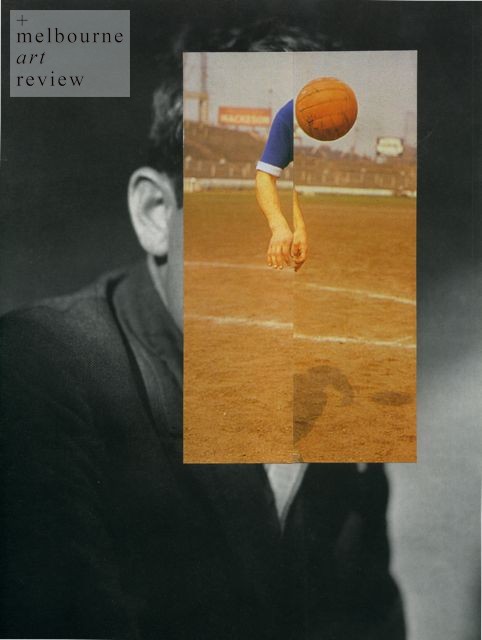
Stark
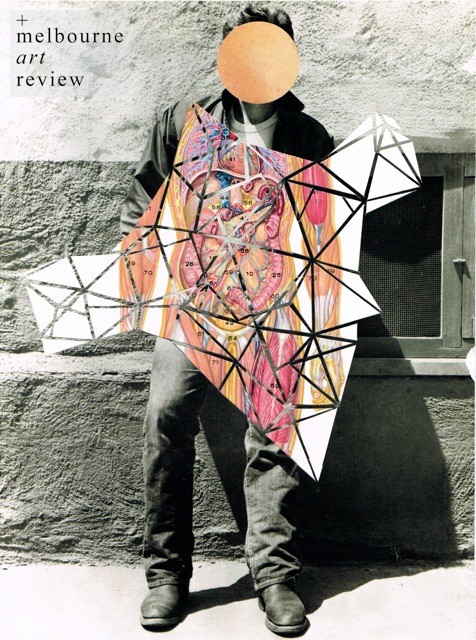
The Philadelphia Story
